Description
When Forsyth’s Viola Concerto in G minor was first performed at the Queen’s Hall Promenade Concerts on 12 September 1903 it represented a significant development – possibly the first full-blown concerto for viola by a British composer.
The concerto’s unusual introduction is notable for the solo viola’s questionings and contrasting assertive double-stoppings (appassionato), followed by wistful musings (lento dolce), all of which is eventually elaborated into a long statement. An orchestral tutti announces another idea without the soloist, but there is a pause before we reach the movement proper with the soloist’s ever-extended lyrical line, propelled forward by oft-repeated triplets, and soon repeated by the orchestra.
The slow movement is very simple. It opens portentously with a trumpet call, soon repeated by horns, before the soloist sings its elegiac tune elaborated over forty-six bars, this mood being underlined by the ensuing cor anglais. The viola returns more passionately with new material and over a broad span builds to a climax when the orchestra sings out the opening theme. The long closing viola cantilena returns us to the elegiac mood and the vision fades as if in a dream.
The finale opens with much orchestral huffing and puffing, in no way typical of the lyrical movement that follows which is constructed from a jerky dotted idea and a lovely tune that might have been written by Dvorák. The soloist is sometimes emphatic with much double-stopping, especially towards the end, but the overall impression of good humour remains.

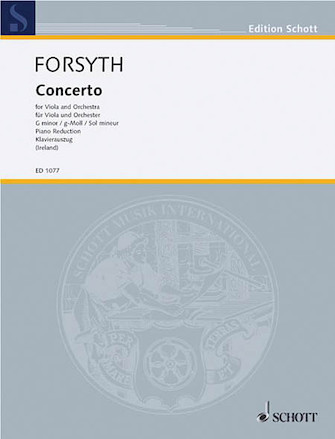

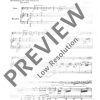

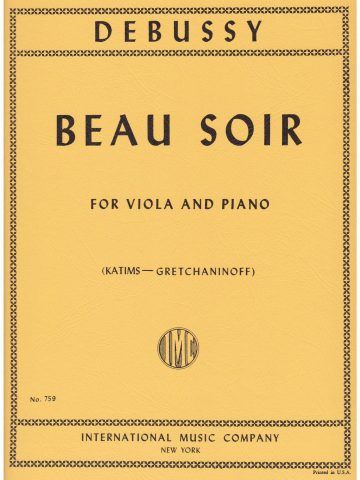
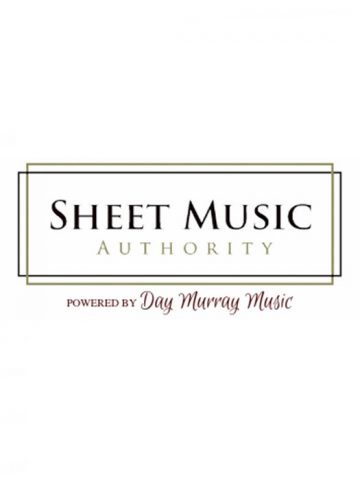
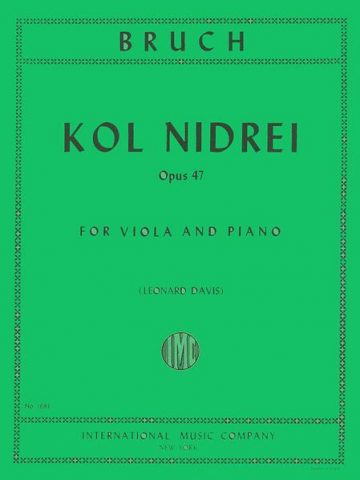
Reviews
There are no reviews yet.